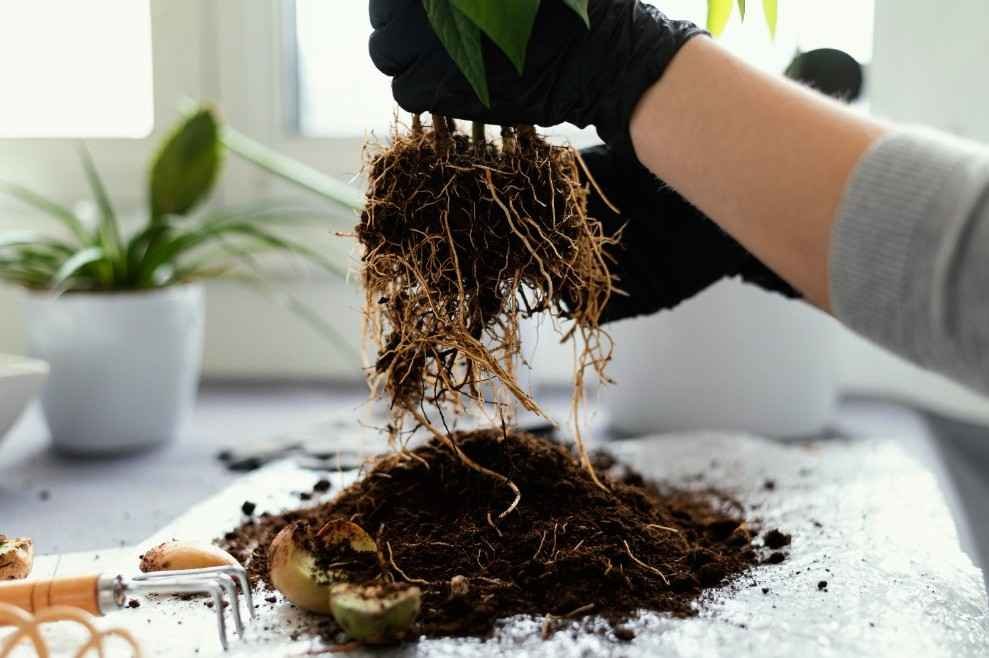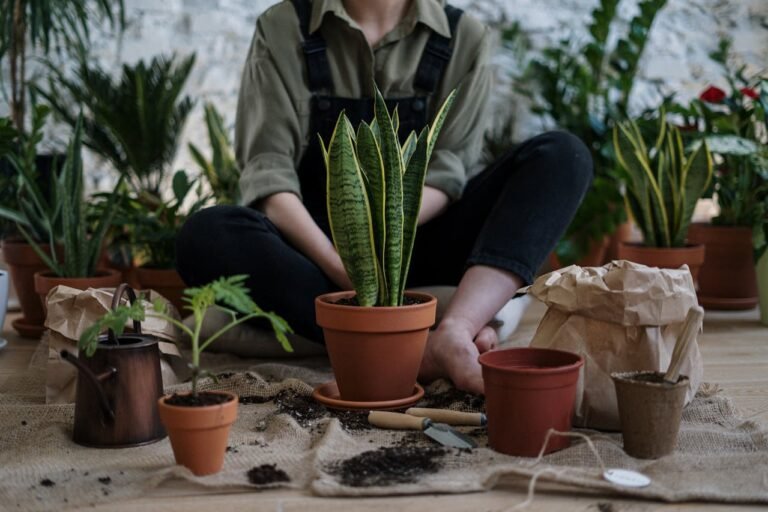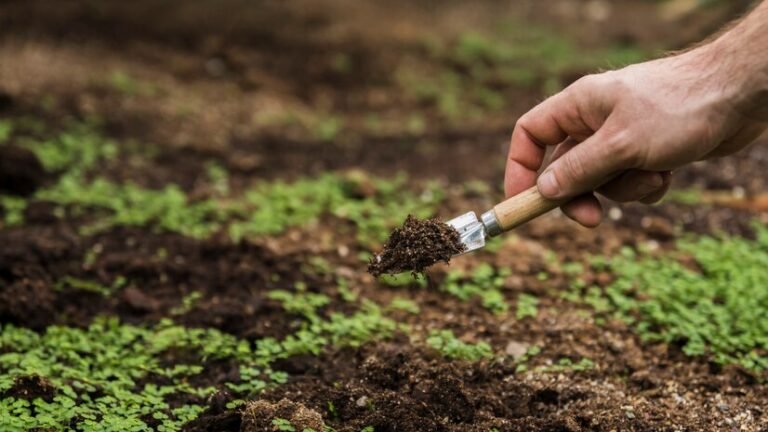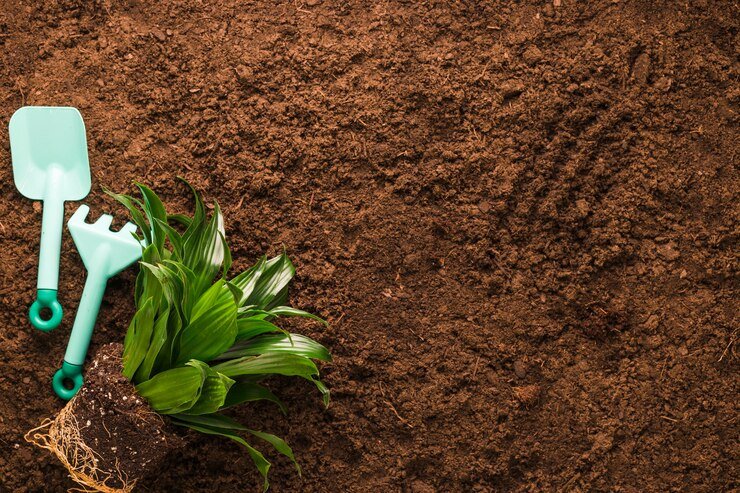Speed Up Root Growth Using Microbial
The main goal of tree establishment is to support rapid root growth in the landscape. Healthy root growth allows the tree to remain strong and settle quickly into its new environment. Whether the tree comes from bare root, container, or field-grown nursery stock, it can develop roots equally well under optimal conditions. This adaptability plays a key role in successfully establishing trees in different settings.
Another important aspect of tree establishment is the structure of the root system. How roots are arranged and grow can significantly affect the tree’s secureness and overall health. A strong and well-structured root system helps the tree resist strong winds, prevents toppling, and ensures better nutrient and water absorption. For this reason, understanding the factors that create a strong root system is vital for further tree health and stability.
How to Make Plant Roots Grow Faster?

Creating conditions for faster root growth is one of the most effective ways to target plant growth. A great starting point is using quality organic soil and materials such as compost or organic fertilizers rich in nutrients. Please ensure not to overwater the plant, as too much water can damage the roots and spoil them, as well as the light and air surrounding the plant. The soil must also have good drainage, or the roots will become rotten. To encourage roots to grow stronger, the plants should receive plenty of sunlight; microbial conditioners can also be utilized to promote healthy roots. Additionally, if you’re propagating plants in water, frequently change the water to remain clean and fresh. By implementing these measures, you’ll be able to enhance the growth process of roots.
Utilizing Microbial Soil Amendments
Microbial soil amendments are usually organic materials that enhance soil health and plant growth. They contain various live organisms, including bacteria and fungi, which have symbiotic relationships with plant roots. These microbes assist the plant in obtaining more nutrition and water from the soil. Adding microbial amendments into soil changes the microenvironment, especially for the roots, leading to bigger and healthier ones. Moreover, these soil amendments enhance soils’ biophysical properties, facilitating root dispersion. Microbial soil amendments are eco-friendly for inducing root growth and improving plant health.
Which Nutrients Promote Early Root Formation
Certain nutrients play a significant role in boosting early root formation and making the plant stronger. It is one of the most essential nutrients for root growth. It helps roots grow more profoundly and muscularly. Calcium supports the development of root cells, making them firm and healthy. Potassium boosts overall plant growth, including roots. Nitrogen is also needed but in smaller amounts, as too much can cause more leaf growth than roots. Adding organic matter like compost can naturally provide these nutrients. Using natural fertilizers or root-boosting products can also help. By giving plants the proper nutrients, you can encourage faster and health
Methods to Stimulate Root Growth Naturally
Methods to stimulate root development naturally, several basic procedures can be implemented quickly.
- First, perform soil testing to understand the nutrient composition and begin with a nutrient-rich type.
- You can enhance the soil nutrients by incorporating organic matter like compost.
- Always ensure that the soil is not soggy. However, slight over-hydration can be permissible as it can sustain the roots.
- Alternatively, organic seaweed or fish emulsion can be used if there’s a shortage of required nutrients.
- Cutting the plant is another way; however, it should be done mildly. Otherwise, the plant will entirely focus on developing the roots instead.
By exercising these simple techniques, your plants will naturally develop robust and healthy roots.
Methods to Encourage Growth in Cuttings
Methods to encourage growth in cuttings are easy with the proper care.
- To begin, select a cutting from a healthy plant. It would help if you chose a two to three inches long cutting with one or two leaves.
- Cut the stem and place it in water or wet soil, allowing the cutting to grow roots. Change the water every few days so that it does not become stale.
- Place the cutting where it is warm and bright, but avoid exposing it to direct sunlight. Using a little rooting hormone may enable the cutting to root more quickly.
The cutting will root and sprout into a new plant in the right conditions over a sustainable period.
Improving Roots of Existing Mature Plants
Improving the roots of existing mature plants can help them grow stronger and healthier. A good starting point would be making sure the plants are well-hydrated and properly fertilized. For instance, adding compost or organic matter into the soil for the plants encourages structural enhancement and nutrient provision. Lightly agitating the soil surrounding the roots suffixes for extra oxygen, further leading to root growth. You can even cut out old or rotten roots to nurture healthy growth. Biological root stimulants such as microbial conditioners are also great for root health. Regular reassessment of the plants for any pests or diseases is crucial for the overall health care of the plant. Wrapping the proper factors around the mature plants’ roots will strengthen them and help them flourish.
Practical Tips for Root Growth
Let us look at some tips on how to increase root growth:
- Use Good Soil: Choose a soil type with good drainage and rich organic matter to encourage the roots.
- Water Carefully: Provide the plant with adequate water to keep the soil moist, but not overly so, to avoid soggy soil. If the soil is waterlogged, the roots will deteriorate.
- Add Nutrients: Use organic fertilizers like fish emulsion or compost, rich in the resources that promote root growth.
- Maintain Temperature: Place the plant in a warmer area; roots can develop more when it’s warmer.
- Ensure Proper Drainage: Check to see that the pot or soil has enough drainage; you do not want water stagnating near the roots, as it may cause rotting.
- Use Root Stimulants: Utilise rooting hormones or microbial soil amendments to improve root growth.
- Avoid Disturbing the Roots: Avoid moving or transplanting the plant regularly to prevent damaging the roots.
How to Root New Plants at Home
Rooting new plants at home is simple with the proper steps. To begin, look for a robust plant from which you can cut. Now that you have a cutting tool grab the pruning shears or scissors and cut a stem with at least one node and multiple leaves. One of the most common methods across plants is placing them in water or soil. If you want to plant it in water:
- Ensure that the node remains submerged. If putting it in soil, be sure to do so in damp soil.
- Keep the cutting in a warm room, away from direct sunlight.
- Always alternate between moistening the soil and adding water to the pot.
In a few weeks, small roots should begin to sprout. Once the roots are well established, you can transfer the newly grown plant to a pot or a garden with soil.
How Can I Root Plants Easily?
Rooting plants can be a fun experience with a few simple steps. One of the requirements if you want to root a plant on your own is maintaining a healthy stem. A healthy cutting should be the first step, along with ensuring that the stem has a few nodes and leaves. Now that you know the basics, you should be able to start rooting a plant confidently. You could root it in soil or water, whichever is available.
Let’s cover the water method first.
- Place the cutting in a glass where water covers the node, and remember to change the water every few days.
- Moving on to the soil method, ensure the soil is well-moist and can quickly drain. Also, keeping it in a warm area might help the rooting. For efficient rooting, you could also use a rooting hormone on the tip of the stem.
- Adding humidity could also help the cutting in the rooting process; this could be done by covering the cut with a bag.
Within a few days and with some patience, you will see new roots developing, indicating that your new cutting is ready to grow!
Mistakes to Avoid for Better Root Growth
To ensure better root growth, it’s essential to avoid some common mistakes. In addition to having the right balance of nutrients, temperature, and moisture, soil must also have proper porosity and aeration to support healthy plant growth. Follow these steps to create the ideal environment for your plants.
- Avoid Overwatering: Too much water can drench the roots and cause root rot; always check the soil’s moisture when watering the plant.
- Use Good Quality Soil: To ensure root growth, use nutrient-rich soil for the specific plant you choose.
- Limit Fertiliser: Overusing fertilizers can lead to root burning; they should be used moderately and preferably with explicit instructions.
- Ensure Proper Drainage: Stagnant water can harm the roots, so try using pots and soils that allow aeration to the roots.
- Avoid Planting Crowded Roots: Roots that are too close together tend to suffocate, so give each plant its designated space for growth.
- Avoid Direct Sunlight for Roots: Roots are sensitive and require protection, so cover them to prevent damage.
Creating an environment that encourages ideal root growth will foster the plant’s thriving growth. Make sure to adhere to all recommended steps.
Quick Tip: To boost root growth, add compost to your soil for extra nutrients and ensure proper drainage to avoid waterlogging. Keep the soil consistently moist but not too wet.
FAQs
What is root growth?
Root growth is where plant roots develop and spread to absorb water and nutrients from the soil.
What enhances root growth?
Nutrients like phosphorus, calcium, potassium, good soil, proper watering, and light help enhance root growth.
How can I speed up my root growth?
Using natural fertilizers, keeping the soil moist but not soggy, and adding microbial conditioners can speed up root growth.
What are 5 key factors in root growth?
The five key factors in root growth are soil quality, water, light, nutrients, and proper temperature.







